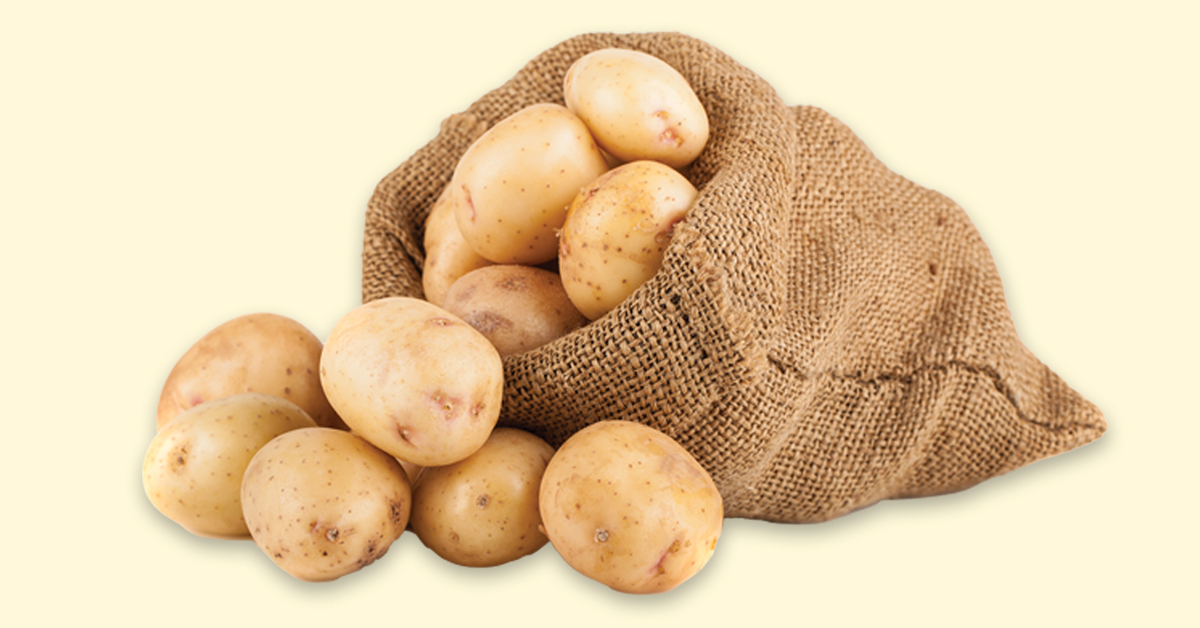Mark Crawford is frequently nonplussed about the reactions he gets from some people when they contact him to discuss an investment in farmland. Crawford, a former hard-money lender specializing in apartment complexes in the Los Angeles area, decided to sell his apartment holdings. In 2017, he and his wife, Joanna, moved from Beverly Hills to California’s Central Valley and founded Land Income, a company that buys different types of farms and then pays people to run the operations.
Investors buy an ownership stake in the limited liability company that holds legal title to the farms. Investing in the operation seems like a no-brainer, with shareholders receiving returns through cash payments from the farms and the increased value of the land. But Crawford found that not everyone saw the benefits as clearly as he did.
Farmland is a very, very financially competitive investment to include in a portfolio.
— Michael Boehlje, professor emeritus, Purdue University
“People often ask me about investing in agriculture and not only are many of them pretty clueless about how to do it, but they also don’t seem that interested,” Crawford says. “I thought I was going to have 100% of the folks I talked to interested in investing. I mean, everybody eats, right? I would say, ‘Do you eat?’ The answer was ‘yes.’ ‘Do you want to invest in agriculture?’ The answer was usually ‘no.’”
There are reasons why farmland might not be at the top of everyone’s investment list. It’s no flashy startup or tech stock. It’s not even an apartment complex. In fact, it’s one of civilization’s oldest industries. It’s also difficult and dirty, and the end product is at the whims of Mother Nature.
So, why would a technology titan like Bill Gates be buying up farmland, including a recent acquisition of 2,100 acres in North Dakota for growing potatoes? Among other reasons, it turns out that investing in farmland makes financial sense.
Gates, who reportedly now owns about 270,000 acres across the country, is considered the nation’s largest single owner of farmland. His investments have done quite well, according to AcreTrader Inc., which allows individuals to invest in farms. AcreTrader maintains that $10,000 invested in farmland in 1991 was worth more than $215,800 in 2020. The site also shows that cumulative returns for farmland average about 11% per year and since 1991, they’ve grown faster than nearly every other major asset class except real estate investment trusts.
“The investor may give you a 2% or 3% return on their money for any given year, but the land may also appreciate by 6%,” Crawford explains. “Together they can make the investment competitive.”
These under-the-radar investments have another fan in Michael Boehlje, professor emeritus for the Department of Agricultural Economics at Purdue University. His research on Midwest farmland, mainly on land for growing corn and soybeans, shows an average return between 9% and 9.5% over the past 100 years.
“Farmland is a very, very financially competitive investment to include in a portfolio,” Boehlje says. “Its return is competitive with stocks but less volatile. It is a good diversification of the portfolio and one of the best hedges against inflation available.”
With that said, Boehlje added some caveats. One of the main problems with owning farmland is the lack of liquidity in the market. There is limited activity in buying and selling. This means there’s always the chance that owners who are forced to sell at the wrong time can take a loss.
Also, to earn the type of returns Boehlje is describing, property owners must hold the land for long periods of time. This is a sector that is best for patient investors who are willing to buy and hold, then ride out the inevitable ups and downs of the farmland market. And, like all investments, timing is critical. To earn high returns, it’s crucial that the land be bought at a lower price, which allows for appreciation.
“For this type of investment, you need a Warren Buffett type of mentality where you buy and hold for the long term,” Boehlje says.
The longtime professor also warns that investing in farmland should be a hands-on type of experience that requires personal visits to the property. There are many variables that investors must be aware of, ranging from the quality and type of soil on the farm to the history of how the land has been cultivated. Probably even more important is to understand a property’s often complex water rights. It may be difficult to get an in-depth look at this information online and often requires a physical visit to the farm to investigate the issues.
Despite such complexities, Crawford says he’s content that he chose farmland over apartments. Rents can’t always go up forever, and when the inevitable crash comes in the multifamily sector, many owners will be looking to sell. That just doesn’t happen with farmland.
Sure, he’s had wells go bad and frost kill part of a harvest. There are always issues. But he maintains there are a lot fewer moving parts with farmland than for apartments. And, even more importantly, farming is something everyone needs.
“If I was ever to be a speaker at a real estate conference, I’d start off by telling the crowd that before you rent an apartment, you need to eat,” Crawford says. “So, let’s talk about agriculture.” ●







